India is the land of wonders. From the highest point in the Himalayas to the murky marshes of the Sundarbans and from the forests of Aravalis to the endpoint of the subcontinent in Kanyakumari, every aspect of this incredible country is worth mentioning. The government has taken massive measures to preserve and conserve the natural state of things despite regular human encroachment. The national parks of India are very exclusive. They are home to numerous species of flora, fauna, aquatic life, and insects. There are several species that still remain undiscovered and thriving, coexisting peacefully with the changing world.
If you are someone who loves exploring the outdoors and are looking for options to set foot in the wilderness, then it would be great for you to learn about all the national parks in India where you can plan your next holiday.
Check out these best national parks in every state of the Indian subcontinent starting from North to South.
1. Hemis National Park, Ladakh
Hemis is a high-altitude national park located in Ladakh which is globally famous for its collection of snow leopards. In fact, the snow leopard count here is so large that it has the highest density of snow leopards as compared to any other protected area in the world. Panning out over an area of over 4000 sq. km. It is the largest notified protected area in the world. Other than snow leopards it is home to a variety of mammals like mountain weasel, Asiatic Ibex, Bharal or blue sheep, golden eagle, Himalayan marmot, and numerous other endangered animal species.
How to Reach
Get to Leh from the place you are traveling to. It is the base for reaching Hemis. From Leh, Hemis can be reached by road via bus or rented cars.
2. Dachigam National Park, Jammu and Kashmir
Located at a distance of around 22 km away from the capital Srinagar, this national park is not the biggest one here. In fact, it only pans out over an area of less than 150 sq. km. Although small in the area, it is offbeat in nature and can be a great option for you if you are looking for some peace and solitude in nature. The name literally translates into ten villages which is derivative from the ten villages that inhabit the region of the national park that has been there since World War 1. The national park is mainly known for its Hangul or musk deer population. It is also home to animals like leopard, Himalayan black bear, hill fox, otter, Himalayan Monal, cinnamon sparrow, and many others.
How to Reach
Jammu is the nearest town located to the national park. Srinagar is well connected with roadways which make it easier for buses and cars to reach the national park.
3. Great Himalayan National Park, Himachal Pradesh
Great Himalayan National Park of GHNP is a UNESCO world heritage site that was granted this position because it falls under the criteria of “outstanding significance for biodiversity conservation.” Located in Kullu, Himachal Pradesh, it spreads out over a massive region of over 1,000 sq. km. and touches an altitude as high as 6,000 Metres above sea level. It serves as the perfect home for over 400 different species of fauna and a variety of flora, reptiles, insects, and whatnot. Each living creature here is strictly protected under the wildlife protection act making hunting here a serious offense.
How to Reach
The nearest reachable point for GHNP is Kullu which is around 60 kms away from Kullu in Himachal Pradesh. Reaching the national park is easily reachable by road.
4. Bir Bhadson Wildlife Sanctuary, Punjab
This has to be one of the most lesser-known national parks not only in Punjab but in India itself. Covering an area of around 1,000 sq. km. The wildlife sanctuary falls under the district of Patiala. The variety of flora found here is unlike anywhere else so more than fauna the flora connection is the most protected. It offers an abode to animals like a blue bull, jungle cat, rhesus monkey, peafowl, black and blue partridges, and many more. Falling under the category of dry deciduous forest type, you can expect to see scores of dry thin forests with drylands and brown small mountains.
How to Reach
It is situated on the left side of Nabha-Bhadson-Gobindgarh Road and can be easily reached by car.
5. Gangotri National Park, Uttarakhand
Devbhoomi Uttarakhand is one of the most naturally diverse states in India and probably even in the world. Gangotri National Park pans out in the district of Uttarkashi over an area of 2,000 sq. km. Blessed with beautiful lush valleys, thick forests of coniferous, glaciers, and alpine meadows, everything about this unique and refreshing national park is something that you may have never experienced. Other than its geographical brilliance it offers a safe stay for snow leopards, Asian black bears, musk deer, brown bears, and a variety of other birds that can only be found in those parts.
How to Reach
The national park is accessible through route 108 that passes through directly the district of Uttarkashi.
6. Sultanpur National Park, Haryana
If you have only thought that people in Delhi cannot get the peace of mind of the national parks that are on the hills, well think again. Sultanpur National Park is situated in Haryana and is located very close to Gurgaon and Delhi. It can be a great way to spend an extended weekend with the family for a different and more adventurous getaway but at a reasonable distance and without having to drive a lot. It is a paradise for bird watchers and animal lovers. You can go there any time of the year and check out migratory and resident birds as well. Truly a thrilling experience for photography enthusiasts.
How to Reach
1 hour of road journey on the Dabri - Gurgaon road. Delhi is the nearest accessible place for the national park.
7. Ranthambore National Park, Rajasthan
Speaking of National parks in India, Ranthambore has to be mentioned. It is one of the largest and most well-known national parks in northern India. Located in the Sawai Madhopur district of Rajasthan, it attracts animal enthusiasts and adventure lovers from all over the world. It was once one of the most renowned hunting grounds for kings and their highly accorded guests, it was later on turned into a sanctuary where currently numerous plants and animals reside in peace together. The national park is mainly known for its huge tiger population because of the dry deciduous geography complete with large open grassy spaces for the tigers to roam around freely and peacefully.
How to Reach
The park is around 180 kms away from the main city of Jaipur that can be covered on road through hire taxis and cabs or even car rental services.
8. Dudhwa National Park, Uttar Pradesh
Dudhwa national park graces the Terai belt of the marshy grasslands of the northern UP region. Stretching out over an area of 1,000 sq. km. It is a haven for tigers to thrive. Other than the animals, the national park is mostly known for being home to a massive variety of bird species which is over 350 different types. Barasingha or swamp deer is another incredible feature of this national park along with the well-preserved number of tigers and elephants found here. If you wish to feel closer to nature and wildlife without going to the hills, then this national park will wonderfully replicate the same vibe.
How to Reach
It is just 8 to 9 hours of road journey from Delhi and 6 hours from Lucknow.
9. Kanha Tiger Reserve, Madhya Pradesh
Also known as Kanha Kisli Tiger reserve is not just an extremely popular tiger reserve but is also the biggest one in the entire state of Madhya Pradesh. The whole national park region is divided primarily into 2 protected parts, Hallon and Banjar. It pans out over 2 districts covering an area of close to 1,000 sq. km. making it the largest national park in Central India. The park is home to the iconic Royal Bengal tiger, Indian Leopard, Sloth, dhole, Barasingha, and many more. When it comes to flowering plants, it is widely covered in colorful dotted plants that consist of over 1,000 different species of flowers and trees. This also makes it a much-preferred home for numerous birds.
How to Reach
First of all, you can make your way from your hometown to either Jabalpur, Nagpur, or Raipur from where you can get a cab, taxi, or hired car service for the national park.
10. Valmiki National Park, Bihar
Valmiki National Park is a tiger reserve as well as a wildlife sanctuary that is located right on the India-Nepal border and all along the district of Champaran in Bihar. River Gandak flows through the protected region which is the perfect water source for the wildlife situated there. Believe it or not, but Valmiki is the only national park in Bihar. The tiger reserve covers an area of close to 900 sq. km. and is inhabited by over 50 tigers. In a new strategy to attract tourism, the government of Bihar has also created eco-cottages and stay options for the tourists to get the exact vibe of this place.
How to Reach
From Patna the national park is around 270 kms away that can be reached via a road journey by following NH64.
11. Betla National Park, Jharkhand
Gracing the Chotanagpur plateau is the famous and very well preserved and maintained Betla National Park. It is large enough to spill out in two districts called Palamu and Latehar. The national park is host to an incredible collection of flora, fauna, and insect species. Although less explored it does deserve its time in the limelight due to the impeccable collection of living creatures it has to showcase. Initially, the park only consisted of a tiger reserve however later on, due to the extensive selection of plants and animals, its area was increased. Betla is said to be one of the earliest tiger reserves, so you can imagine the amount of tiger sightings you can encounter once there.
How to Reach
By road, the national park is just 10 kms away from Daltonganj and an additional 15 kms by road.
12. Sundarban National Park, West Bengal
Sundarbans national park which is also a tiger and biosphere reserve is a part of the iconic Sundarbans on the Ganges delta. The defining feature of this national park is the dense mangrove cover and of course the collection of Royal Bengal Tigers. This national park has been a UNESCO world heritage site since 1987 the area where the national park is more than 10 times larger than the size of the city of Venice. Going there you will definitely encounter the chilling sight of tigers roaming around freely in the brackish water sites. Other than that the variety of birds here are remarkable.
How to Reach
You can reach Sunderbans from the main city of Kolkata which is around 112 kms away from the national park and is easily reachable through a road trips.
13. Khangchendzonga National Park, Sikkim
Khangchendzonga national park is a UNESCO world heritage site that is named after the 3rd highest peak that overlooks the national park region which is ‘Kanchenjunga Mountain Ranges’. Being located at such a height and surrounded by pristine untouched natural beauty, this place represents the incredible combination of adventure and spirituality. Tholung Monastery which is situated on the buffer zone of the National Park is one of the most sacred Gompas of Sikkim. Panning out over the north and western region of Sikkim district, it is one of the very few high-altitude national parks of India.
How to Reach
Once you reach West Bengal just make sure to follow NH 31A which is the Sevok-Gangtok road
14. Nokrek National Park, Meghalaya
Meghalaya is one of the 7 sisters of northeast India and beautifully represents the natural beauty of the Himalayas. The Nokrek national park and biosphere reserve beautify the Garo Hills district of Meghalaya and in 2009 was added as a UNESCO world heritage site as well. Although the overall area of the national park is less than 50 sq. km. but its beauty and natural value are way beyond our imagination. Nokrek is super important for rare and probably endangered species of the red panda, Asian elephants, Royal Bengal Tiger, and marbled cat! Primates and bird population is also what sets this national park apart from the rest.
How to Reach
Nokrek is situated 170 kms away from its nearest airport in Guwahati.
15. Kaziranga National Park, Assam
What comes to your mind when you think about Kaziranga national park? The only home of the iconic one-horned rhino. This is what makes this sanctuary a world heritage site. Other than this one-horned rhino, Kaziranga also hosts an intense density of tigers in the world where they are protected, making Kaziranga a tiger reserve as well. The park is also home to a variety of other animals like swamp deer, wild water buffalo, and even elephants! The geology of Kaziranga is a combination of tall grasslands, marshlands, and tropical broadleaf tree forest cover.
How to Reach
The nearest railway station is located just 75 kms away from the national park while the nearest airport is located around 97 kms away.
16. Namdapha National Park, Arunachal Pradesh
Panning out over an area of close to 2,000 sq. km. This national park is one of the biggest protected regions of this hill state. With over 1,000 different types of flora and over 1,400 species of fauna and who knows how many different species of insects and other living organisms. In the eastern Himalayan region, this national park is a hotspot for biodiversity. It is the 4th largest national park in India and was also declared as a wildlife sanctuary during the 1970s. From birds to butterflies and moths, a national park is a great place for anyone who is looking for a different vibe when it comes to tripping around in a national park.
How to Reach
Namdapha national park is just less than 200 kms from Dibrugarh.
17. Ntangki National Park, Nagaland
Established in the year 1923 Ntangki national park is a reserve forest that covers an area of close to 45,000 acres. This massive area of the national park houses a variety of wildlife ranging from hornbill, civet, black stork, python, sloth bear, Hoolock Gibbon and so much more! Not only is it home to so many amazing plants and animal life, but it is also a great destination for a holiday if you wish to try out something totally new. Visiting Nagaland in itself is an experience and it would leave quite an impression on your mind and heart. From food to the people, although a significant part of India, the culture, traditions, and heritage here is very distinct.
How to Reach
It can be reached by road since it is located at a distance of around 37 kms from Dimapur and 40 kms from Peren.







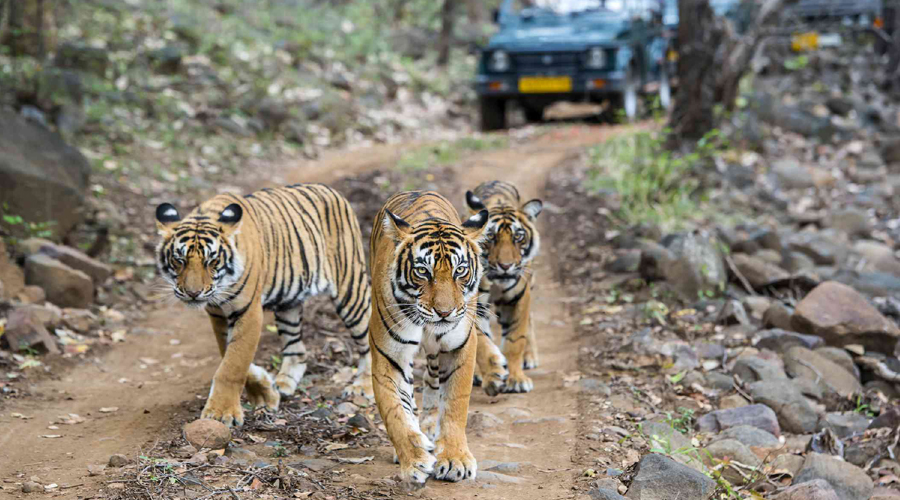





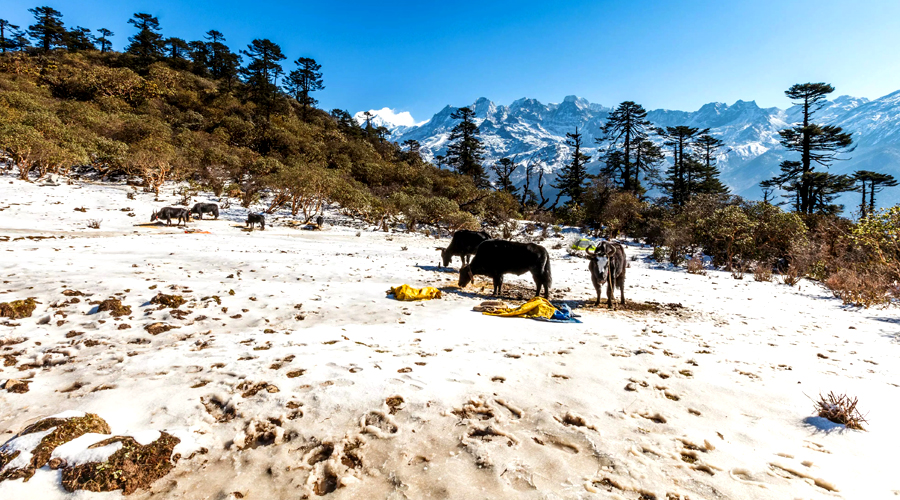
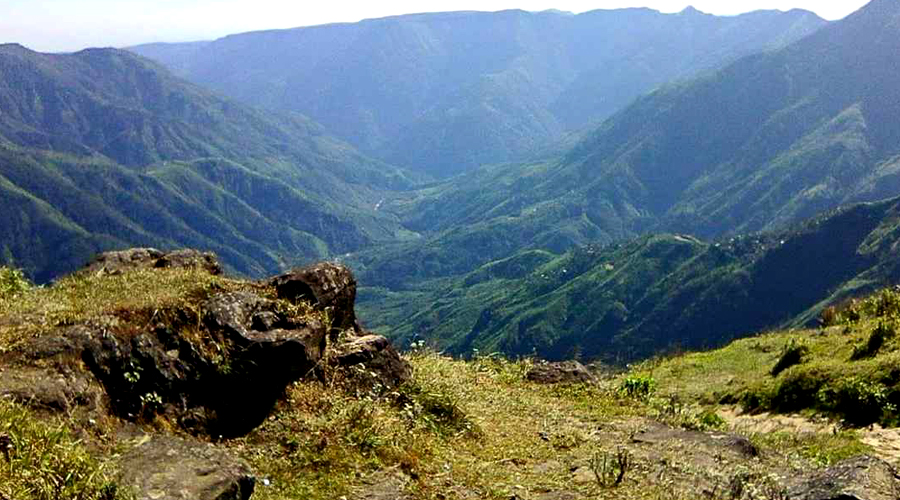

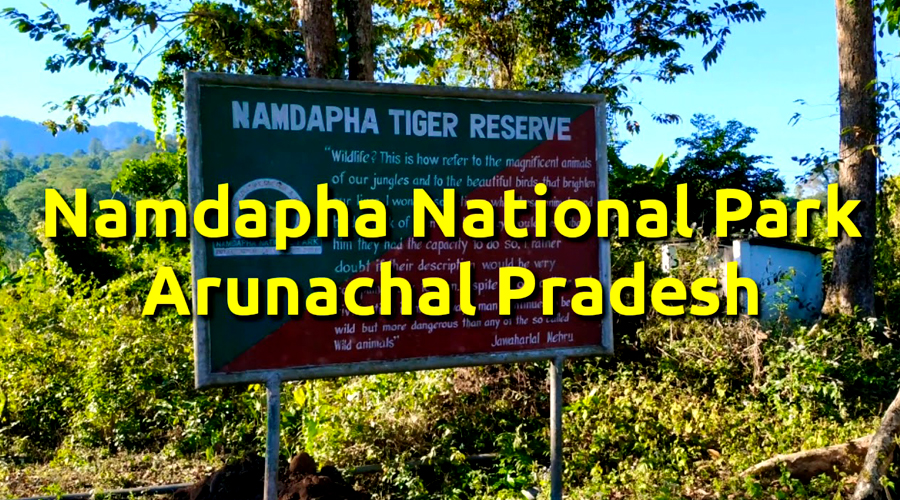
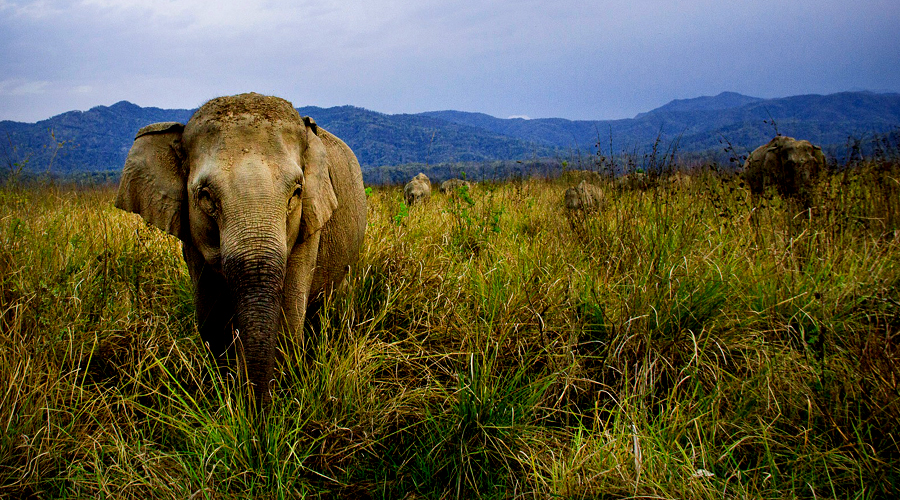






0 Comments